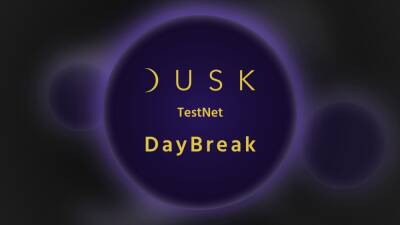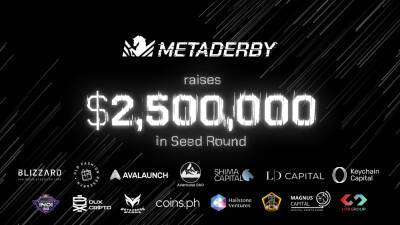Crypto education can bring financial empowerment to Latin Americans
In October 2021, it was estimated that approximately 15% of the world’s supply of Bitcoin (BTC) was in circulation in Latin America. According to a recent report released by Crypto Literacy, however, 99% of Brazilian and Mexican respondents failed a basic assessment on crypto literacy. Crypto adoption is well underway across the region — on the rise even — but, people still lack a basic understanding of its underlying technology and use cases.
When this lack of basic crypto literacy is considered in the context of developing markets across Latin America, where the use cases for blockchain technologies hold real significance, it becomes a serious concern.
Latin American populations who lack crypto literacy risk missing out on stablecoins that can offer protection against Latin America’s rapidly rising inflation. As well as decentralized applications (DApps) that provide populations of unbanked individuals access to financial services from their mobile devices. In countries where remittances are a major facet of the economy, cryptocurrencies offer a faster and cheaper alternative for sending funds across borders.
So, how can we help Latin America’s most underserved populations access this life-changing technology? Education.
Related: Mass adoption of blockchain tech is possible, and education is the key
Education has the potential to address three key obstacles preventing mainstream crypto adoption: financial literacy, trust and safety.
Financial literacy, or lack thereof, does not just stand as a barrier to crypto adoption: It stands as a barrier to traditional bank adoption as well. Across Latin America and the Caribbean, nearly 50 percent of the population is unbanked as of August 2021, lacking access to a bank account or
Read more on cointelegraph.com

 cointelegraph.com
cointelegraph.com
















